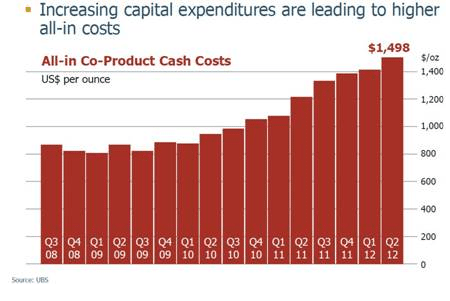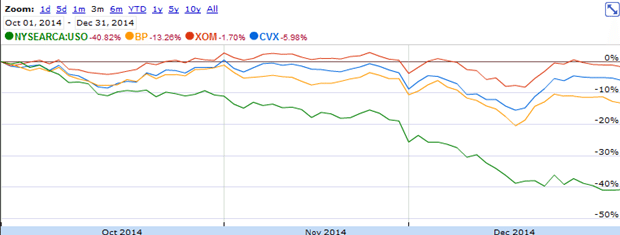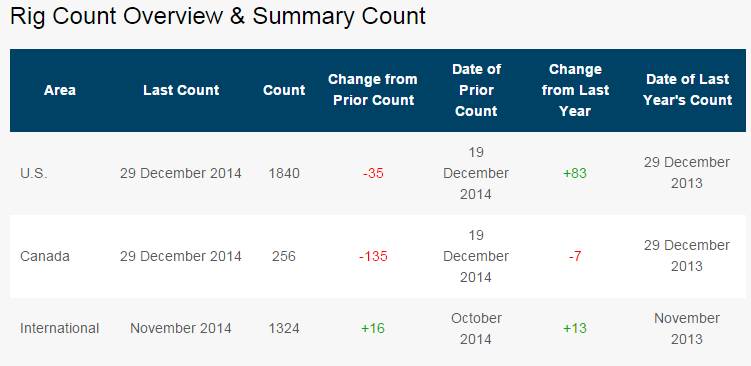Biotechs to Follow in 2015 off Fresh Insider Moves
Insider moves are always interesting to equity traders no matter where they occur, but more than any other sector, insider buys tend to inspire the most chatter around biotech. This is mostly due to the esoteric science and trial statistics that often determine the fate of a firm, which company and other biotech insiders tend to know more about than even premium hedge fund operators.
Over December, several significant moves have been made at different biotech firms that warrant at least a raised eyebrow. In some cases, the moves themselves have caused significant increases in either share prices or trading volume, and in other cases not. Whatever the situation, these stocks should be watched carefully for developments in 2015 in light of these transactions.
Cocrystal Pharma (OTCBB:COCP)
In chronological order, we begin with Cocrystal Pharma, an early-stage biotech specializing in antivirals with sporadic press but an all-star board and staff. On December 5, a Form 13D was filed indicating a 14.3% holding by Dr. Phillip Frost, a Cocrystal board member, as well as Chairman of both Opko Health (NYSE:OPK) and Israeli generics giant Teva (NYSE:TEVA). Opko has been on a 1500% tear since market bottom in March 2009, going up from 61 cents to now just under $10 a share. Opko was at $2 when Frost was first named Chairman. Teva has had a good year as well, up 43% in 2014, outpacing the larger Nasdaq biotechnology index ETF (NASDAQ:IBB).
Opko itself has a 7.8% holding in Cocrystal, which brings Frost’s total interest in the company to over 22%.
If that weren’t enough, the November 25th merger between Cocrystal and private firm RFS Pharma saw RFS owner Dr. Raymond Schinazi take a 38.9% stake in the company. Schinazi has his own impressive record in biotech, founding Pharmasset, which was acquired by Gilead (NASDAQ:GILD) for $11.4B in 2012; Idenix, acquired by Merck (NASDAQ:MRK); and Triangle Pharmaceuticals, also acquired by Giliad in 2003. The scientific wing of the company is headed by Dr. Roger Kornberg, the 2006 Nobel Prize winner in chemistry, also a Cocrystal cofounder with a 2.2% stake. In total, insiders account for just under 72% of total shares outstanding.
Cocrystal’s share price was not directly effected by the December 5th filing, but trading volume was over twice the average that day.
Seattle Genetics (NASDAQ:SGEN)
Four days later on December 9th, Felix Baker, a director at Seattle Genetics brought his ownership of the company up to 20.3%. This move came after a flurry of data were released by the company on its ongoing clinical trials for various drugs. First, phase 1 results were announced for an antibody-drug conjugate for acute myeloid leukemia, a type of blood cancer. Those results showed 44% of 52 patients showing either complete response to the drug or otherwise being disease free. Phase 1 results do not usually inspire intensive buying since it is only the beginning of the clinical trial process, so this type of insider move at this stage is significant.
Included in that flurry were the 4-year survival data for Seattle Genetics’ ADCETRIS, an antibody-drug conjugate for a form of lymphoma, came in at 64%, while the median overall survival for the disease is only 5.5 months. While ADCETRIS is already approved, these results could get it into first-line therapy, significantly increasing the drug’s market. It is currently approved only as a second- and third-line therapy. Baker has since bought even more shares, upping his ownership to 22.7% of the company.
Agios Pharmaceuticals (NASDAQ:AGIO)
One week later Agios Pharmaceuticals saw a major insider move. Agios is a development stage biotech valued at close to $4B, with major investment by Celgene (NASDAQ:CELG). Agios targets the way cancer cells metabolize sugars, attempting to starve them from within. On December 16th, Celgene bought over 5.24M shares, bringing its total ownership to a 27.2% stake. Celgene is investing heavily here in part because it has commercial rights to Agios’ lead candidate.
Agios showed positive preliminary results in its phase 1 trial for both efficacy and safety, with 6 complete remissions out of 14 patients, though this was in November. The catalyst for Celgene’s most recent stock purchase is unclear, but may be connected to Agios’ recent public offering. Agios stock has been on a steep uptrend all year at over 34% gains for 2014. Given Celgene’s experience with clinical trials, its commitment to Agios and latest investment could point to a good year ahead for the company.
Advaxis (NASDAQ:ADXS)
Three days later on December 19th, another biotech saw a pretty large insider move which also had the effect of putting shares to the races. Advaxis, a firm principally focused on cervical cancer treatment, is generally overlooked because there is already an effective cervical cancer vaccine available that prevents the HPV virus that causes the disease. Nevertheless, for those that already have cervical cancer, primarily patients in Asia, few treatments are available.
ADXS-HPV, Advaxis’ lead candidate, was featured on Fox News on December 10th, which began the recent uptrend. FDA acceptance of an investigational new drug (IND) application for ADXS-HPV on December 15th further propelled the stock, followed by a 4.54M share stake by Adage Capital, totaling almost 19% of the company in one trade, the same day its latest public offering closed. All those events in succession had the effect of pushing the stock up 200% since December 10.
Despite the recent gains, Advaxis is still below $200M market cap. Recent mainstream media interest and institutional investment could mean that Advaxis has entered a new stage as a publicly traded company, no longer relegated to obscurity.
All in all, a very busy month for biotech insiders. It will be interesting to see how these stocks perform in 2015 and beyond.
Market Exclusive Is a financial portal geared to engaging discussion on current financial topics. Market Exclusive is not an investment advisor. Please read our full disclaimer at http://marketexclusive.com/about-us/disclaimer/











